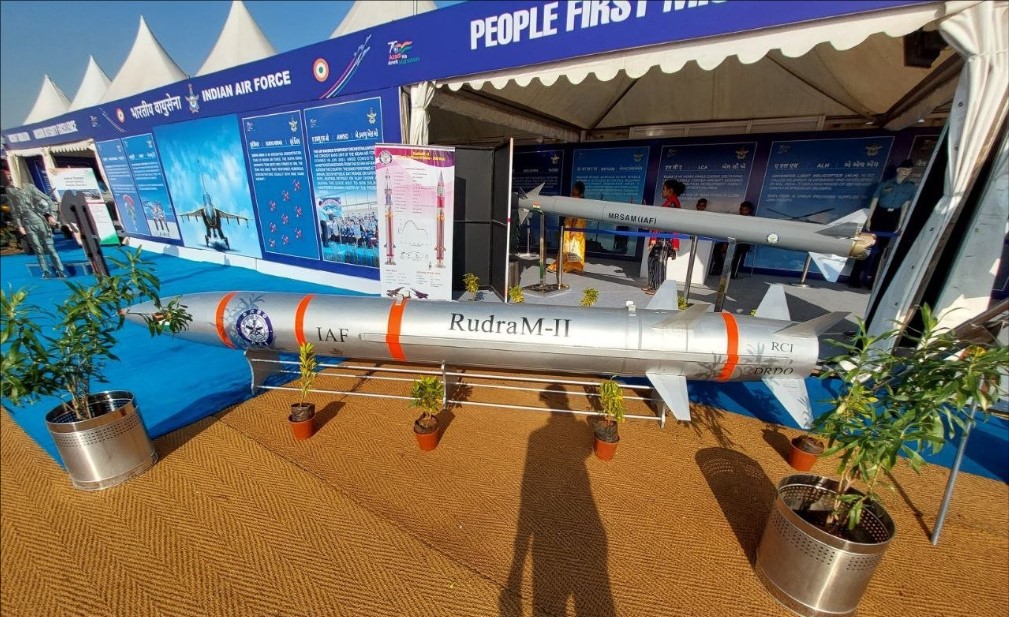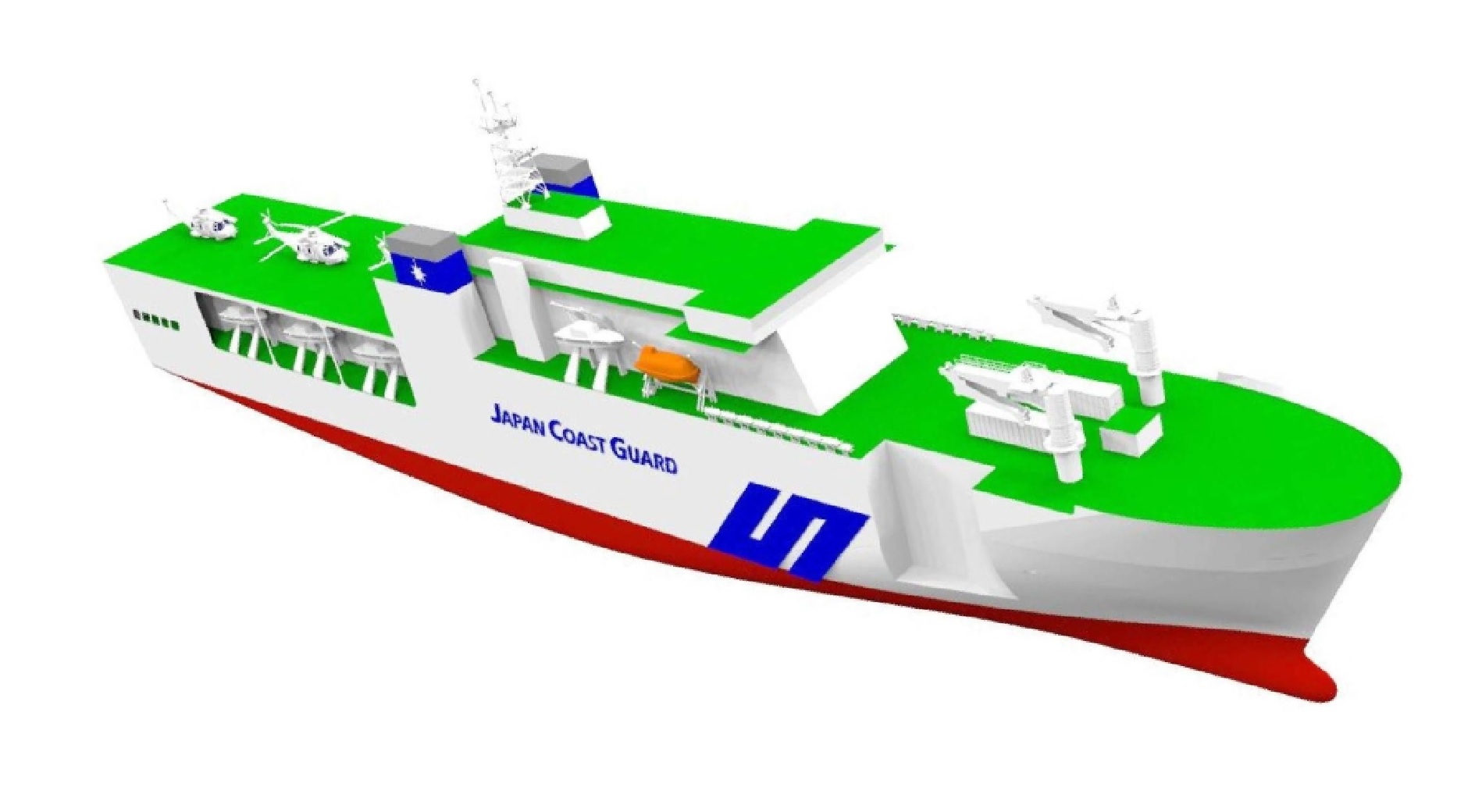Adani Defence to Lead Development and Production of DRDO’s RudraM-II Missile Program

India’s drive for self-reliance in defence is set to gain significant momentum as Adani Defence takes on a critical role in the development of the Defence Research & Development Organisation's (DRDO) RudraM-II missile program. The RudraM-II, a sophisticated air-to-surface missile, is designed to neutralize high-value enemy targets such as Surface-to-Air Missile (SAM) sites, radars, and air defence systems. The missile represents the next step in India's efforts to bolster its indigenous military capabilities and reduce reliance on foreign defence technology.
In a major development, Adani Defence has been named the Development cum Production Partner (DcPP) for the RudraM-II program, according to recent company disclosures. This partnership positions Adani Defence as a key player in the nation's missile technology landscape, continuing its growing role in the defence sector. Adani was previously the DcPP for the RudraM-I Anti-Radiation Missile (ARM), which was designed to target enemy radar and communication systems. With this prior experience, Adani’s involvement in the RudraM-II program is expected to bring invaluable expertise to the table.
The RudraM-II is an advanced missile equipped with cutting-edge technologies developed by DRDO’s premier laboratories. The missile can be launched from a variety of fighter jets and is designed to have precision targeting capabilities, making it a potent asset in modern warfare. One of its key features is its ability to take out enemy defences from long ranges, ensuring the safety of the attacking aircraft while maximizing the impact on enemy infrastructure.
The successful test flight of RudraM-II marks a significant milestone in India’s defence innovation. This missile can engage multiple types of enemy assets in a single mission, making it versatile and highly effective. While specific technical specifications of the missile remain classified, reports suggest that it can carry a sizable warhead, has a range extending to several hundred kilometers, and features advanced guidance systems for improved accuracy.
Adani Defence's new role as the DcPP for the RudraM-II will be critical in accelerating the missile's production, making it operational for the Indian Air Force (IAF) within a shorter timeline. This collaboration also highlights the increasing synergy between India’s public and private defence sectors. As part of the “Atmanirbhar Bharat” (self-reliant India) initiative, the government is encouraging partnerships like this to not only enhance defence capabilities but also to develop homegrown expertise that can be exported to friendly nations.
This partnership is expected to bring about faster technological innovations, streamline the production process, and reduce the cost of missile systems, thus making them more accessible to India's armed forces. Furthermore, as the missile enters mass production, it could lead to greater employment opportunities and technical advancements within India's growing defence manufacturing sector.
The RudraM-II is designed to complement other missiles in India’s arsenal, like the BrahMos and Nirbhay, but its unique role in neutralizing enemy air defences makes it indispensable in any modern aerial warfare scenario. With Adani Defence spearheading its production, the missile’s deployment could be realized sooner than expected, greatly enhancing India's offensive capabilities in contested airspace.
This collaboration not only reinforces Adani Defence’s rising prominence in India’s military-industrial complex but also aligns with the nation’s broader strategy of enhancing indigenous defence production. By reducing reliance on foreign imports, particularly for critical technologies like missile systems, India aims to secure its strategic autonomy and position itself as a global player in advanced military technologies.
As DRDO and Adani Defence forge ahead with the RudraM-II program, it represents not just the future of India’s missile development but also a pivotal shift towards creating a robust and self-sustaining defence ecosystem.


